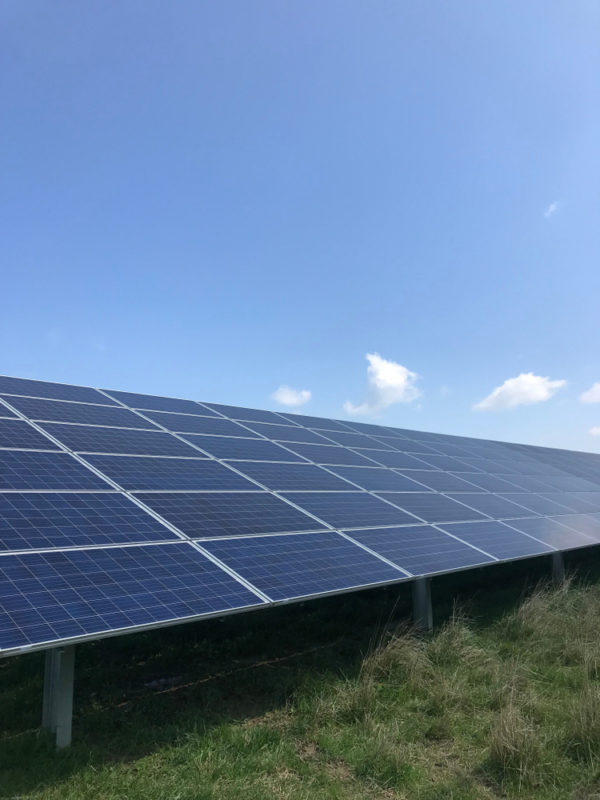Florida Power & Light seeking to launch community solar program

Florida Power & Light Company (FPL) is seeking to establish a new community solar program that would offer its customers the chance to participate in providing Florida with solar energy.
Through this voluntary program, called FPL SolarTogether, customers who subscribe to a portion of new solar power capacity will receive credits that are expected to reduce their monthly bills.
“We’ve been aggressively expanding solar with one goal in mind: bringing more solar to all of our customers cost-effectively while continuing to keep their bills lower than 90 percent of the country,” Eric Silagy, president and CEO of FPL, said. “This innovative program is another major step forward in our ’30-by-30′ plan, which is one of the world’s largest solar expansions, and also an unprecedented opportunity for our customers to harness the power of the sun like never before.”
FPL filed a proposal seeking approval with the Florida Public Service Commission (PSC).
Under this initiative, FPL would install 1,490 megawatts of new universal solar at 20 new solar power plants across FPL’s service territory to meet anticipated customer enrollment in the program. The new solar power plants would generate an estimated $139 million in net savings for customers over the long term. Participating customers will receive direct credits for the savings on their monthly bills. The program is designed to contribute a portion of the savings to all customers, which will help keep fuel costs low for all.
If approved, this would be the largest community solar program in the country.
“This program will more than double the amount of community solar currently in the U.S.,” Silagy said. “More importantly, FPL SolarTogether will allow individual customers to personally support Florida’s affordable, clean energy revolution while lowering their electric rates and bills over the long term.”
Program participants can terminate or reduce their subscription at any time. In addition. The subscription is associated with a customer account and not a physical address, so participants who move within the service area can maintain their subscription benefits. FPL expects participants to get a payback on their subscription within seven years. The preliminary response has been positive as more than 200 of FPL’s largest energy users – including municipalities, large national retail chains, universities, banks, restaurants and schools – have committed to participate.
“Reducing our impact on the environment is a major focus for 7‑Eleven, and shifting to renewable energy is important to our progress,” said Ann Scott, director of energy, engineering and store planning for 7-Eleven. “We’re strongly encouraged by the rapid growth of large solar plants in one of our key states, Florida. The FPL SolarTogether program brings us one step closer to achieving 7-Eleven’s sustainability goals. With over 500 participating stores in Florida, we are making significant strides to reduce our carbon footprint.”
FPL customers, including those who do not participate in FPL SolarTogether, will also benefit from the fuel savings produced by the new solar facilities. The first six solar plants are scheduled to be operational in early 2020, with the remaining 14 facilities planned for 2021.
“Include Miami-Dade County among the advocates and early endorsers of FPL’s SolarTogether program,” Miami-Dade County Mayor Carlos Giménez said. “A ‘Resilient 305’ means embracing sustainable and environmentally responsible options to promote the growth and utilization of smart, affordable solar energy sources to secure power for Miami-Dade County facilities and allow residents and businesses to reap the benefits of zero emissions and cost savings.”
John Dunnuck, chief operating officer of Broward College, said that the institution is committed to the education and advancement of community driven sustainable energies.
“The College’s partnership with FPL’s SolarTogether program is an investment in Florida’s future,” he said.
